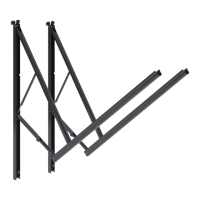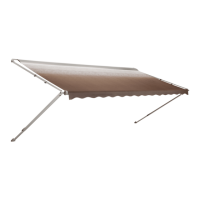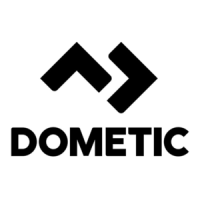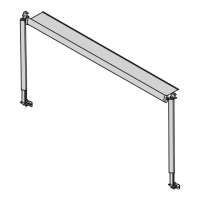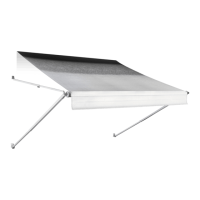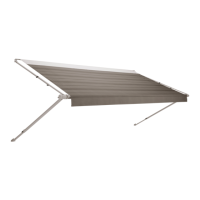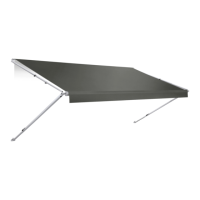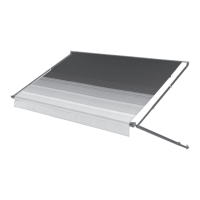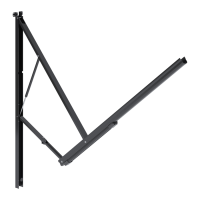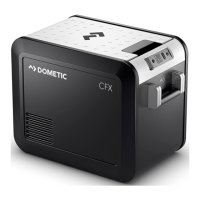3
IMPORTANT SAFETY INSTRUCTIONS
This manual has safety information and instructions to help
users eliminate or reduce the risk of accidents and injuries.
A. Recognize Safety Information
This is the safety alert symbol. It is used to
alert you to potential physical injury hazards.
Obey all safety messages that follow this
symbol to avoid possible injury or death.
B. Understand Signal Words
A signal word will identify safety messages and
property damage messages, and will indicate the
degree or level of hazard seriousness.
WARNING! indicates a haz-
ardous situation that, if NOT avoided, could result
in death or serious injury.
CAUTION! indicates a haz-
ardous situation that, if NOT avoided, could result
in minor or moderate injury.
NOTICE. is used to address
practices NOT related to physical injury.
C. Supplemental Directives
Read and follow all safety information and
instructions to avoid possible injury or death.
Read and understand these instructions be-
fore installing/using/servicing or performing
maintenance on this product.
Incorrect installation/operation/servicing or
maintaining of this product can lead to seri-
ous injury. Follow all instructions.
The installation MUST comply with all ap-
plicable local or national codes, including
the latest edition of the following standards:
U.S.A.
● ANSI/NFPA70, National Electrical Code
(NEC)
● ANSI/NFPA 1192, Recreational Vehicles
Code
CANADA
● CSA C22.1, Parts l & ll, Canadian Electi-
cal Code
● CSA Z240 RV Series, Recreational
Vehicles
D. General Safety Messages
FAILURE to obey the follow-
ing warnings could result in death or serious injury:
● This product MUST be installed/serviced by a
qualied service technician.
● Do NOT modify this product in any way. Modica-
tion can be extremely hazardous.
● Frequently examine product for imbalance; and
signs of wear or damage to wiring (if applicable)
and other critical parts. Do NOT use product if
adjustments or repairs are necessary.
Critical parts may include awning fabric,
cables, arm assemblies, etc.
● Disconnect product from power supply (if ap-
plicable), and do NOT operate product when
maintenance (such as window cleaning) is being
carried out in the vicinity.
● Do NOT allow anyone (including children) with
reduced physical, sensory or mental capabilities,
or lack of experience and knowledge to use this
product, unless they have been given supervision
or instruction (concerning use of this product) by
a person responsible for their safety.
● Do NOT allow children to play with product or with
xed controls (if applicable). Keep remote controls
(if applicable) away from children.
● IMPACT OR CRUSH HAZARD. NEVER leave an
open awning unattended. Keep awning stowed
(closed) when snow, heavy rain, wind, and severe
weather conditions are expected.
● IMPACT OR CRUSH HAZARD. Do NOT allow
water to pool, snow to accumulate, or heavy
debris on awning fabric. Do NOT hang or place
anything on awning. The awning will become
unstable, and could bend or collapse.
● FIRE HAZARD. Keep sources of heat and re
(barbecue grills, portable heater, etc.) away from
awning.
FAILURE to obey the follow-
ing caution could result in injury:
● PINCH HAZARD. Maintain a horizontal distance
of at least 16″ between fully open awning and any
permanent object.
Do NOT face awning toward permanent
objects that may interfere with awning op-
eration.
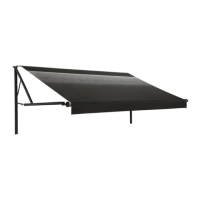
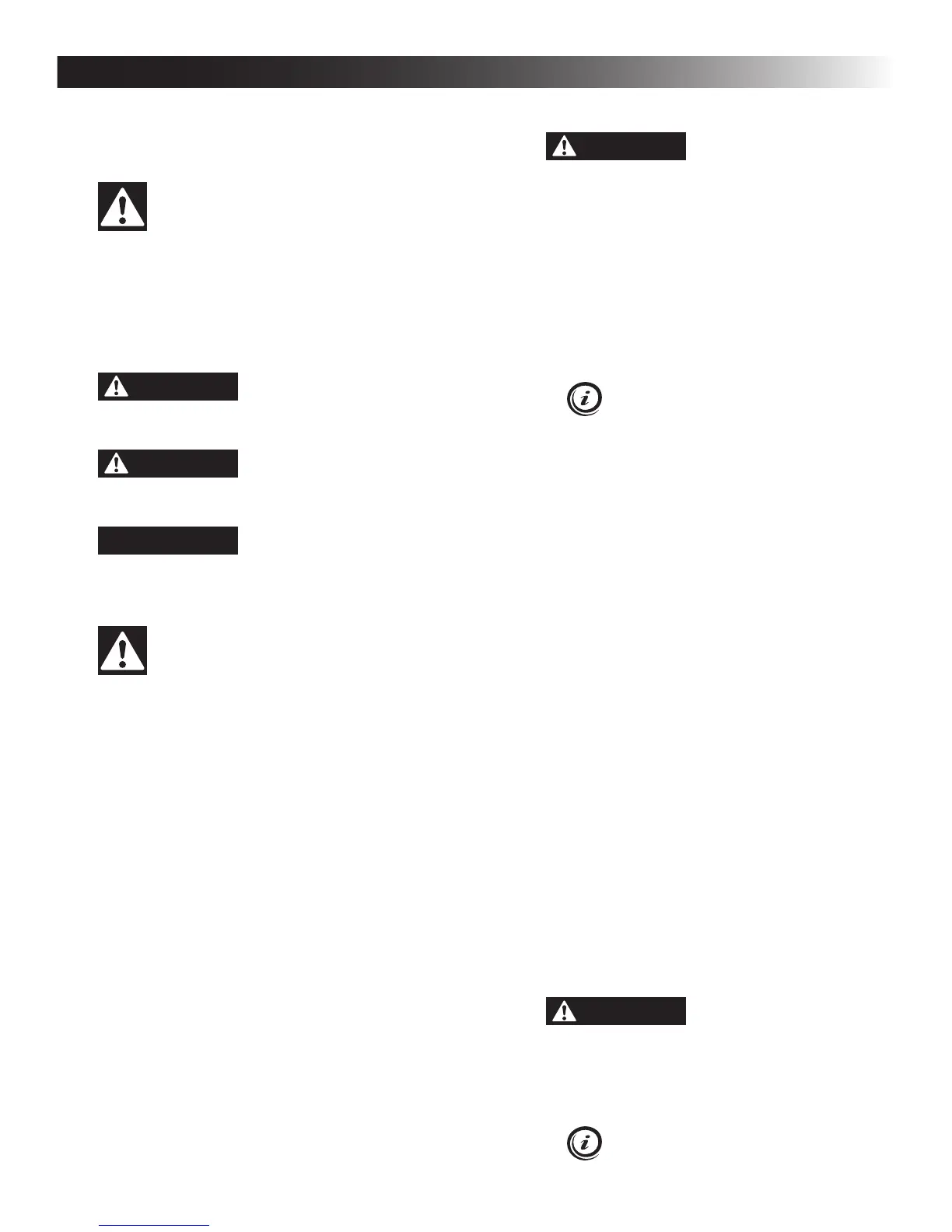